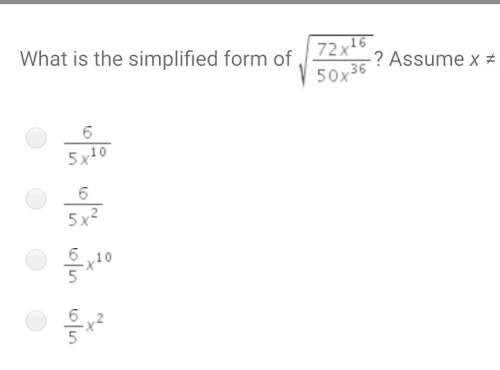
Mathematics, 25.04.2020 00:25 blake2001
Recall the experiment described in Review Question 16.11 on page 314, where errors on a driving simulator were obtained for subjects whose orange juice had been laced with controlled amounts of vodka. Now assume that repeated measures are taken across all five conditions for each of five subjects. (Assume that no lingering effects occur because sufficient time elapses between successive tests, and no order bias appears because the orders of the five conditions are equalized across the five subjects.) Driving Errors as a function of alcohol consumption (ounces) Subject Zero One Two Four Six Tsubject A 1 4 6 15 20 46 B 1 3 1 6 25 36 C 3 1 2 9 10 25 D 6 7 10 17 10 50 E 4 5 7 9 9 34 T=15 20 26 56 74 EX = G= 191 EX^2 = 2371
(a) Summarize the results in an ANOVA table. If you did Review Question 16.11 and saved your results, you can use the known values for SS between, SS within, and SS total to short-circuit computations.
(b) If appropriate, estimate the effect sizes and use Tukey’s HSD test.

Answers: 1


Other questions on the subject: Mathematics

Mathematics, 21.06.2019 13:30, milkshakegrande101
Will mark brainliest. when ∆rst is translated 4 units down, what are the apparent coordinates of t’?
Answers: 2


Mathematics, 21.06.2019 17:30, queenpaige2015
How many kilometers are equal to 5 miles? use 1 mile ≈ 1.61 kilometers. !
Answers: 2

You know the right answer?
Recall the experiment described in Review Question 16.11 on page 314, where errors on a driving simu...
Questions in other subjects:

English, 11.12.2019 07:31

Biology, 11.12.2019 07:31

Biology, 11.12.2019 07:31

Mathematics, 11.12.2019 07:31

Mathematics, 11.12.2019 07:31



Mathematics, 11.12.2019 07:31





